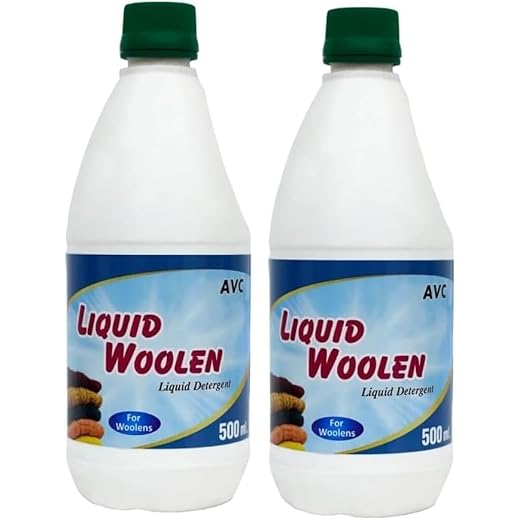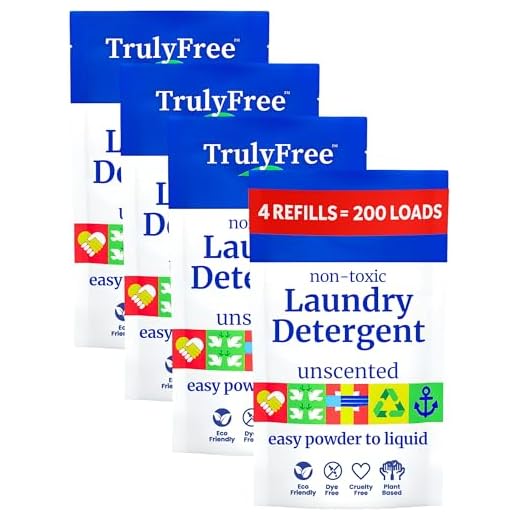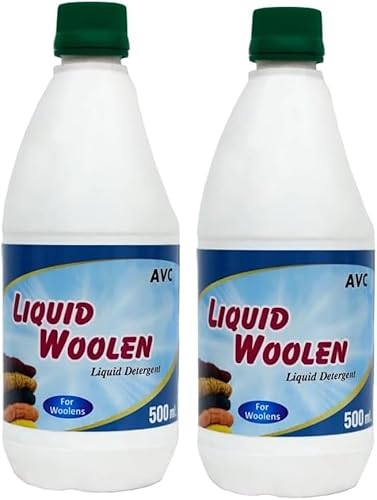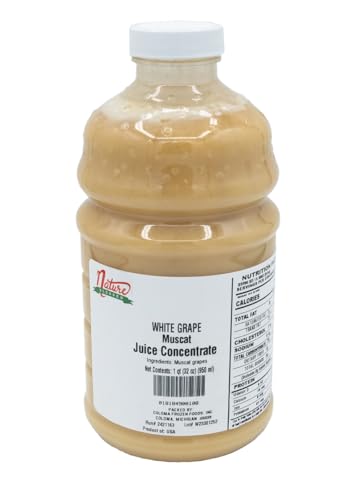



Act quickly with a clean cloth to blot the affected area, absorbing as much of the liquid as possible. Avoid rubbing, as this can spread the stain further. Next, apply a mixture of cold water and mild detergent directly to the mark. Gently work the solution into the fabric with your fingers or a soft brush.
For persistent discoloration, consider using a specialized stain remover designed for delicate fabrics. Apply according to the product instructions, allowing it to sit for a few minutes before rinsing thoroughly. If the fabric is safe for bleach, a diluted solution may help, but test on an inconspicuous area first to prevent damage.
After treatment, wash the trousers in cold water, following care label guidelines. Air drying is advisable to prevent any heat from setting residual stains. If the stain remains, repeat the process before using a dryer, as heat can make stains permanent.
Act Quickly: Immediate Steps to Take
Blot the stain with a clean cloth or paper towel to absorb as much liquid as possible. Avoid rubbing, as this can spread the discoloration. Use a white cloth to prevent color transfer.
Sprinkle a generous amount of salt directly onto the affected area. The salt will help absorb the liquid and may prevent the stain from setting further. Allow it to sit for a few minutes before gently brushing it off.
Pour club soda or sparkling water onto the stain. The carbonation can assist in lifting the pigment from the fabric. Blot again with a clean cloth to remove the mixture.
Rinse the fabric with cold water from the back of the stain to push the wine out. This technique minimizes the chances of spreading the mark.
For stubborn marks, apply a mixture of dish soap and hydrogen peroxide. Test this solution on a hidden area first. If safe, dab it onto the stain and let it sit for about 30 minutes before rinsing thoroughly.
Always wash the fabric according to the care label instructions after treating the stain. Avoid placing it in the dryer until the stain is completely gone, as heat can set any remaining discoloration.
Materials Needed for Stain Removal
Gather the following items to effectively tackle the discoloration:
| Item | Purpose |
|---|---|
| White Vinegar | Neutralizes the pigment and helps lift the stain. |
| Baking Soda | Acts as a gentle abrasive and absorbs moisture. |
| Hydrogen Peroxide | Breaks down stubborn stains and disinfects fabrics. |
| Liquid Dish Soap | Breaks down grease and assists in lifting the mark. |
| Clean Cloths or Paper Towels | Used for blotting and applying solutions to the fabric. |
| Cold Water | Helps rinse out solutions and prepares fabric for treatment. |
| Stain Remover Spray | Provides additional cleaning power for tough stains. |
| Soft Brush | For gently scrubbing the area without damaging the fibers. |
Having these materials on hand ensures readiness for immediate action against those unwelcome blemishes.
Blotting Technique: How to Avoid Spreading the Stain
Begin by using a clean, dry cloth or paper towel to gently blot the affected area. Press down firmly but do not rub, as this can worsen the situation by pushing the liquid deeper into the fibers.
Follow these steps for effective blotting:
- Position the cloth under the fabric to catch any liquid that may seep through.
- Apply light pressure directly onto the stain, allowing the cloth to absorb the liquid.
- Change the cloth or paper towel frequently to avoid transferring the color back onto the fabric.
- Continue blotting until no more liquid is lifted from the fibers.
For larger stains, work from the outer edges towards the center to prevent spreading. This technique helps contain the discoloration and aids in more efficient removal later on.
Always remember to act quickly; the sooner the blotting begins, the better the chances of preventing a permanent mark.
Homemade Solutions: Vinegar and Baking Soda Method
A mixture of vinegar and baking soda provides an effective approach for tackling stubborn stains on fabric. Combine one cup of white vinegar with two cups of cold water in a bowl. Soak a clean cloth in this solution, ensuring it absorbs the liquid. Gently dab the stained area, allowing the vinegar to penetrate the fibers for a few minutes.
Next, sprinkle a generous amount of baking soda over the affected area. This will create a fizzing reaction, which helps lift the discoloration from the fabric. Let it sit for about 10 minutes before rinsing thoroughly with cold water.
Final Steps for Success
After rinsing, inspect the fabric. If any traces remain, repeat the process as needed. Once satisfied, allow the garment to air dry. Avoid using heat until you are certain the stain is completely removed, as heat can set any lingering marks.
Additional Tips
Always test this solution on a hidden part of the fabric first to prevent any potential damage. For optimal results, act swiftly–delaying can make removal more challenging. This method not only addresses stains but also refreshes the fabric’s appearance.
Commercial Stain Removers: Choosing the Right Product
Opt for a stain remover specifically formulated for tannin-based spots. Products containing enzymes can effectively break down the compounds found in these types of blemishes. Look for options labeled as “wine stain remover” or those with “enzymatic action” on their packaging.
Key Ingredients to Seek
Identify stain removers that include sodium percarbonate, which activates upon contact with water and helps lift discolorations. Oxygen-based bleaching agents are also beneficial; they work without harsh chemicals and are safer for fabrics. Read labels carefully to avoid phosphates and chlorine, which can damage fibers.
Application Tips
Apply the product directly onto the affected area. Allow it to sit for the recommended duration–usually between 5 to 10 minutes–before rinsing with cold water. For stubborn spots, a second application may be necessary. Always perform a patch test on an inconspicuous area first to ensure compatibility with the fabric.
Consider using a spray bottle for even distribution. This method prevents oversaturation, which can lead to spreading. Follow up with a gentle wash cycle using cold water, ensuring that the item is air-dried rather than exposed to high heat, which can set any remaining stains.
Washing Instructions: Proper Care After Treatment
After treating the stain, it’s crucial to follow specific washing guidelines to ensure fabric integrity and eliminate any remaining discoloration. Begin by rinsing the affected area under cold water, allowing the liquid to flow through the fabric from the reverse side. This helps to dislodge any residual pigment.
Next, utilize a gentle detergent formulated for delicate fabrics. Avoid harsh chemicals, as they can damage fibers. Set the washing machine to a cold water cycle, as heat can set stains. If the fabric care label permits, consider adding a color-safe bleach to enhance stain removal.
Drying Recommendations
Refrain from using a dryer until complete stain removal is confirmed. Opt for air drying instead, as the heat from the dryer can make any remaining marks permanent. Inspect the fabric carefully; if traces of the stain persist, repeat the washing process before drying.
For additional cleaning techniques that might be beneficial, explore resources like how do i use my kaxcher k4 pressure washer for tips on safe cleaning practices.
Preventive Measures: Tips to Avoid Future Stains
Choose darker fabrics for events where spilling is likely. This simple adjustment can save significant hassle later on.
Use a stain-resistant treatment on lighter materials. Products designed to repel liquids can provide an extra layer of protection against potential mishaps.
Mindful Consumption
When enjoying beverages, hold glasses with care and avoid overfilling. Awareness of surroundings can reduce the chance of accidents.
Consider using straw for drinks to minimize contact with clothing. This technique can be particularly useful when enjoying vibrant liquids.
Safe Storage
Always have a stain removal kit nearby during gatherings. Quick access to cleaning supplies can make a world of difference if an incident occurs.
Educate guests about the risks of spills. A friendly reminder can help maintain a stain-free environment for everyone involved.







